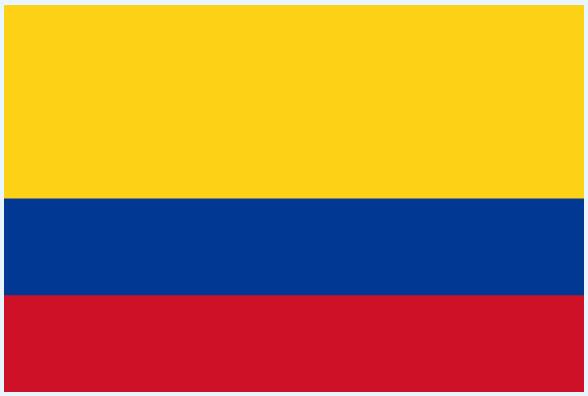How Many Countries Are In South America? South America comprises twelve countries, each with its own unique culture, geography, and history. These countries are Argentina, Bolivia, Brazil, Chile, Colombia, Ecuador, Guyana, Paraguay, Peru, Suriname, Uruguay, and Venezuela. Spanning from the lush rainforests of the Amazon to the arid plains of the Atacama Desert, South America offers a diverse array of landscapes and ecosystems. From the vibrant cities of Buenos Aires and Rio de Janeiro to the remote villages nestled in the Andes Mountains, the continent is rich in both natural beauty and cultural heritage. Each country contributes to the tapestry of South American identity, making it a region of immense diversity and vitality.
Mass media in Chile
Press
Chile has 34 daily newspapers with a total circulation of approx. 900 000. Most are published in Santiago and Valparaíso; but 23 other cities also have their own daily newspapers. The oldest newspaper is El Mercurio in Valparaíso, founded in 1827. Chile’s largest newspaper is La Tercera (founded in 1950, circulation 200,000), followed by Las Últimas Noticias (founded in 1902, circulation 150,000) and El Mercurio (founded in 1827, 120,000). All three are published in Santiago.
After the military coup in 1973, a number of newspapers were stopped, and the military government constantly practiced some form of press censorship. The censorship provisions were sharpened several times in the 1980’s. In tandem with democratization, the 1988 press has been given freer conditions.
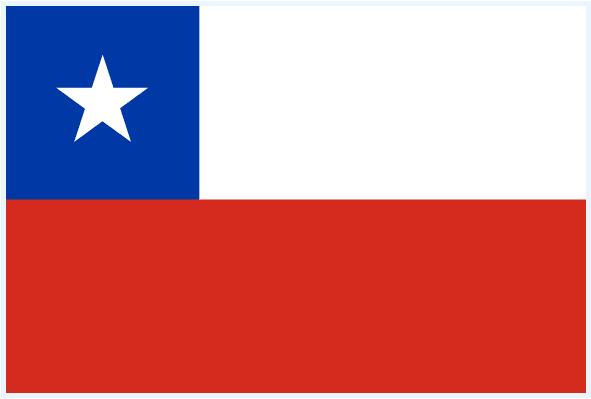
Radio and television
About. 1150 independent commercial radio stations are linked in the Asociación de Radiodifusiores de Chile. The State Radio Nacional de Chile also has its own broadcasts. In addition to the national television company Televisión Nacional de Chile-Canal 7, three university stations. After 1975, they changed from being educational television stations to becoming commercial stations. In the early 1990’s, private television companies were also opened. The dominant channel is the Catholic University (Canal 13), which has approx. 35% off.
Mass media in Brazil
Press
Brazil has approx. 550 daily newspapers with a total circulation of 8 million copies, but there are hardly any actual national newspapers, and the circulations are small compared to the size of the population. The biggest newspapers are:
| Founded | City | Edition 2007 | |
| Folha de S. Paulo | 1921 | Sao Paulo | 302 000 |
| O Globo | 1925 | Rio de Janeiro | 280 000 |
| Extra | 1998 | Rio de Janeiro | 273 000 |
| O Estado de S. Paulo | 1875 | Sao Paulo | 241 000 |
| Super Notícia | 2002 | Belo Horizonte | 239 000 |
| Meia Hora | 2005 | Rio de Janeiro | 206 000 |
The relatively small editions are related to the fact that only a small part of the country’s population reads newspapers, as a large proportion of the population is poor and partly illiterate, and that the population is spread over a very rural area, which makes newspaper distribution complicated and expensive. The old big newspapers, however, have great prestige and are considered some of the best in the world. These all come out in the country’s southeast and are information-heavy newspapers of Anglo-American type.
Brazil received its first newspaper in 1808. It was Hipólito da Costas Correio Brasiliense, which was printed in London and had a clear political tendency that aroused the authorities’ disapproval. It was published regularly until 1822. It was not until the late 1800’s that Brazil received newspapers of any significance. During the 1964–84 military regime, the freedom of the press was weakened. In 1972, a ban was imposed on bringing political commentary or condescendingly on the country’s economic situation. The new Constitution of 1988 guarantees freedom of the press and expression.
Radio and television
Brazil’s radio and film market is huge, and the TV network is the world’s fourth largest. The broadcast is mainly commercial. There are approx. 250 television stations (most of which belong to one of five major networks, over one hundred in state capitals and six in Brazil) and approx. 3000 radio stations. Television broadcasts were started in 1950. Several former state broadcasting stations have been privatized from the late 1980’s.
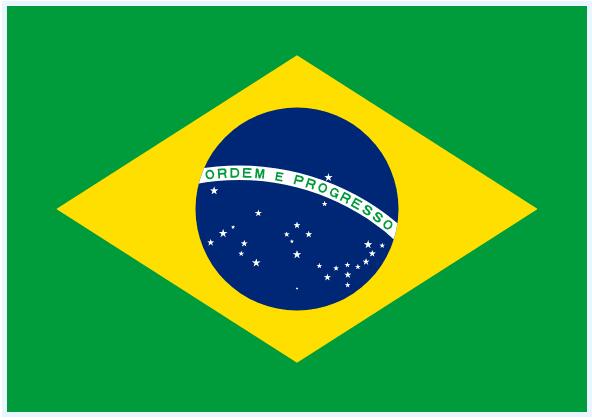
Mass media in Bolivia
Bolivia has 18 daily newspapers with a total circulation of 420,000 (1996). The most important newspapers are published in La Paz, the largest being El Diario (conservative, 55,000). Others are La Razón (35,000) and Jornada (independent, 11,500).
The country has a number of radio stations, most commercial, broadcasting in Spanish, Aymara and Quechua. In 1999, Bolivia had 48 television stations.
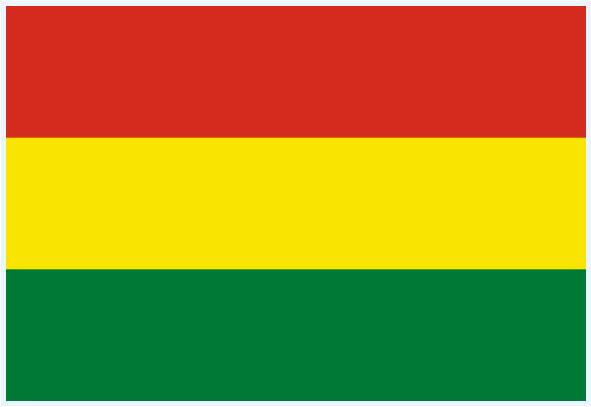
Mass media in Argentina
Argentina has approx. 160 daily newspapers with a total circulation of around 4 million. The 14 most important nationwide daily newspapers have a total circulation of just under 2 million, in addition to these the country has over 20 major local daily newspapers. Along with Chile, Argentina has traditionally been far above all other countries in North and South America when it comes to newspaper reading, according to Countryaah. The big Buenos Aires newspapers are read all over the country. The largest are Crónica and Clarín with circulation of 190 000 and 616 000 on weekdays and 1 million and 450 000 on Sundays respectively. La Prensa (founded in 1869) and La Nación (founded in 1870) are internationally renowned newspapers.
Alongside the public broadcasting operations, a large number of private, commercial radio and television stations operate; most are gathered in two large organizations. The state oversees all broadcasting. Television broadcasts got underway in 1951.
During the juncture 1976-83 there was unofficial censorship of the press and broadcast. After that, the country has had the usual freedom of the press and broadcasting.
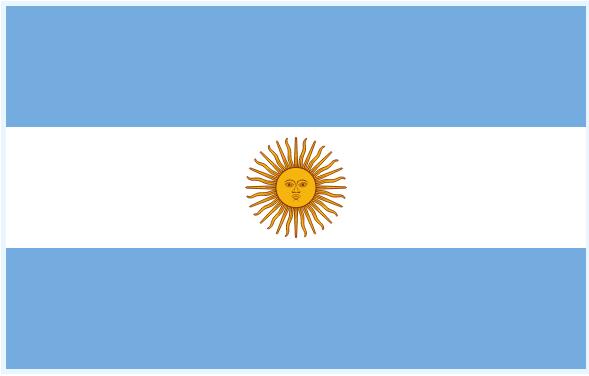
Mass media in Venezuela
There are (2005) between 30 and 40 major daily newspapers. Largest is the morning newspaper Últimas Noticias (inaudible, edition 2004: about 120,000) which is published in Caracas. Second largest is Diario Vea (circulation around 70,000) – The Directorate-General for Telecommunications controls all broadcasting operations in Venezuela. The state radio company Radio Nacional de Venezuela (RNV) was founded in 1946 and has 15 stations. In addition, 20 cultural channels and approx. 500 commercial radio stations. Two state and several private commercial television stations are operated.
The situation for press and broadcasting has changed dramatically since President Hugo Chávez came to power in 1999; he has been criticized for making it difficult to run a free press business and in 2005 a contentious press law was passed, justifying it to prevent inappropriate depictions of violence and sex on television. Critics of the law have pointed out that it also bans substances that could harm national security, which is seen as an attempt to crack down on the regime-critical press. A number of previously large and influential newspapers that have been critical of Chávez have fallen sharply in circulation. The president has his own weekly radio and television program in the state channels.
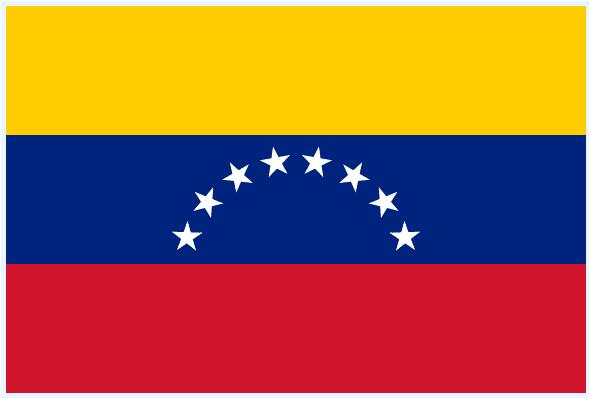
Mass media in Uruguay
There are 16 daily newspapers in the country, 10 are published in the capital Montevideo, the largest are El País (supports Partido Nacional, circulation 106,000) and El Diario (accidentally, 20,000). In addition to the daily newspapers there are a large number of weekly newspapers and other periodicals, the total number of titles is over 100.
In addition to the many newspapers and magazines, the country’s inhabitants have access to more than 100 radio channels and over 20 TV channels. The radio and television business is mainly privately run, but under public control. 40 of the radio stations are based in the Montevideo area, the other 60 in the rest of the country. There are five national television channels and around 20 television stations outside the metropolitan area. Freedom of speech is guaranteed in the Constitution, but there are certain limitations, including for incitement to violence and “insult to the nation.”
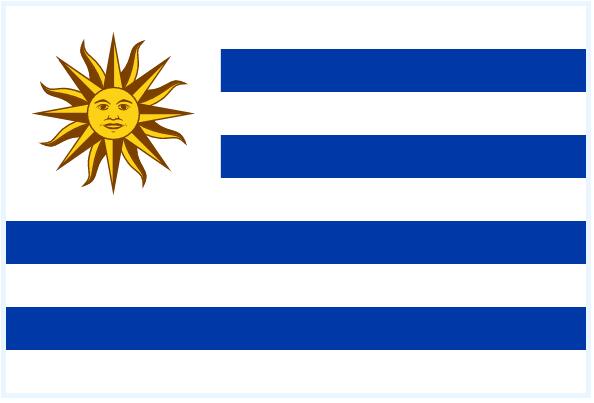
Mass media in Suriname
Two daily newspapers are published, both in Dutch and five publications that come weekly or less frequently. – All broadcasting activities are managed by the state organization Telesur NV. There are 19 radio stations, two state-owned and 17 private, the most important being the state Stichting Radio Omroep Suriname (SRS). They broadcast in Dutch, English, Hindi, Javanese and local languages. There are three television channels, two of them state-owned, also these are run with advertising funds. They broadcast in Dutch, English, Spanish, Portuguese and local languages.
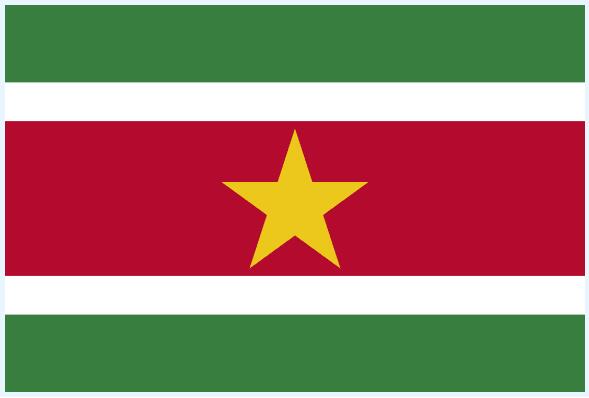
Mass media in Peru
The country has 24 daily newspapers, 9 of which are published in Lima, the largest being the conservative El Comercio (2006 edition: 150,000). In the next places, Gestión (130,000) and Expreso and Ojo follow, both with a circulation of approx. The press in Peru was nationalized in 1974, but returned to private hands in 1980. In 1993, it was again subject to restrictions, as a new constitution requires journalists to state their sources. The protracted battle between the army and the guerrillas has also affected the country’s journalist corps.
The country has a large number of radio and TV stations. In 1999, the number was 1425 radio stations and 105 television stations. One of the radio stations, Radio Nacional del Perú, founded in 1937, is state. Also one of the TV stations is state, there is Radio Televisíon Peruana (Canal 7), which is mainly focused on education and cultural material.
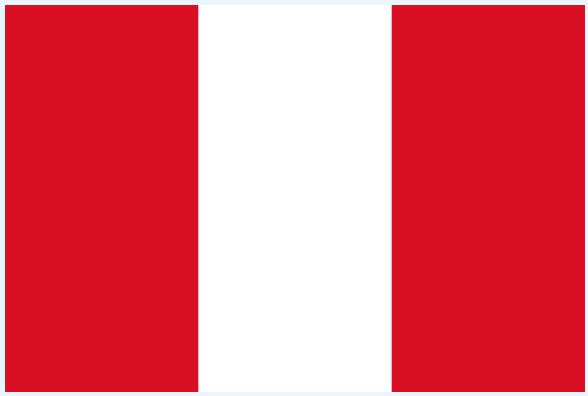
Mass media in Paraguay
Paraguay has seven daily newspapers. The largest is the ABC Color newspaper with a circulation of 45,000 (2004), the second largest is Última Hora, with a circulation of 30,000. ABC Color has been considered a government-critical newspaper, and it was closed in 1984-89, when the media was under state control. From 1989, the country has enjoyed freedom of the press. All press is Spanish-speaking, there are no guaraní newspapers.
The state operates one radio station, Radio Nacional del Paraguay, in addition there are about 50 private radio stations operated commercially. There are four commercial television channels. The broadcasting activities take place in both Spanish and Guaraní.
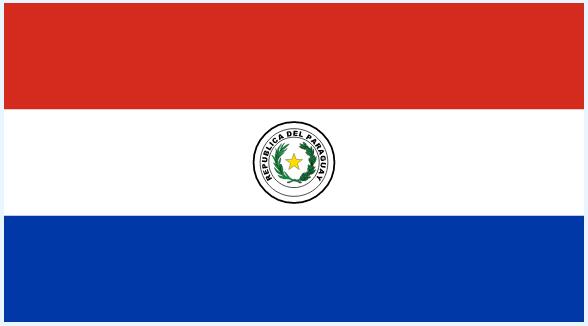
Mass media in Guyana
Guyana has three daily newspapers: The state-owned Guyana Chronicle (founded in 1881), is English-speaking and has a circulation of approx. 23,000 on weekdays and 43,000 on Sundays; the liberal, independent Stabroek News (founded in 1986) has a circulation of approx. 15,000 on weekdays and 28,000 on Sundays, and the independent Kaieteur News (founded in 1994) has a circulation of approx. 19,000 on weekdays, 25,000 on Fridays and 32,000 on Sundays. In addition, there are several newspapers and magazines that are published once or several times a week.
The state broadcaster Guyana Broadcasting Corporation (GBC, founded in 1979), which had two-channel radio broadcasts and self-produced television broadcasts, usually two days a week, was merged in 2004 with the private Guyana Television and Broadcasting Company (founded in 1993) and now operates, under the name National Communications Network (NCN), three radio channels and six television channels. In addition, two private television stations transmit programs from the United States via satellite.
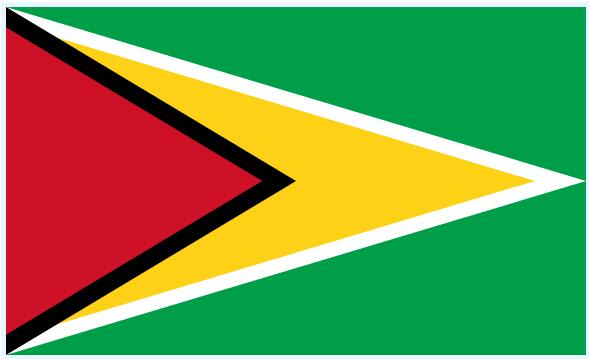
Mass media in Ecuador
Ecuador has around 25 daily newspapers with a total circulation of approx. 920 000. The most important are published in the capital Quito, where the country’s leading newspaper El Comercio (founded in 1906, circulation 160 000) is published. El Universo (founded in 1921, circulation 174,000). Both of these newspapers are considered to be politically independent.
Radio and television are mainly commercial. The country has approx. 300 commercial radio stations, 10 stations with religious program profile and 10 with cultural and educational programs. The religious radio station La Voz de los Andes broadcasts abroad in 11 languages. The country has five private television stations with nationwide coverage, no government. In addition, there are two local TV stations.
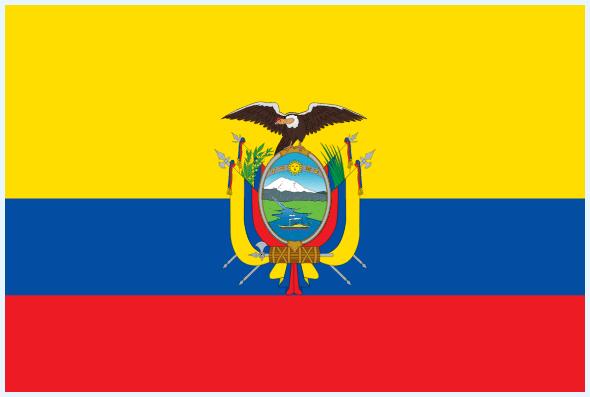
Mass media in Colombia
Press
Colombia has 26 daily newspapers with a total circulation of just under 1.5 million. The daily press is scattered around the country, but the largest newspapers are published in Bogotá. The largest are El Tiempo (founded in 1911, circulation 265,000) and El Espectador (founded in 1887, circulation approx. 160,000) and the afternoon newspaper El Espacio (founded in 1965, circulation approx. 160,000). Medellín, Barranquilla and Cali also have daily newspapers with large circulation.
Colombia has freedom of the press guaranteed in the Constitution, and it is respected by the authorities, but a major threat to the free word is violence against and murder of journalists and newspaper owners. This type of crime can almost always be linked to drug activity in the country.
Radio and television
The country’s one state-owned radio channel competes with approx. 400 commercial radio stations around the country. Most are part of national networks, the most important being Caracol (Primera Cadena Radial Colombiana), RCN (Radio Cadena Nacional) and Todelar (Circuito Todelar de Colombia).
The state television company, Inravision, broadcasts in three channels; the program business is provided by 33 commercial companies. In addition there are educational television and regional broadcasts. The country also has two commercial TV stations, two regional and one local non-commercial station.
